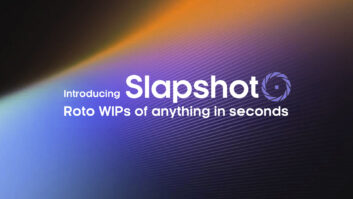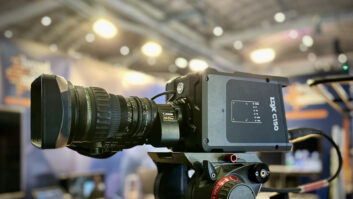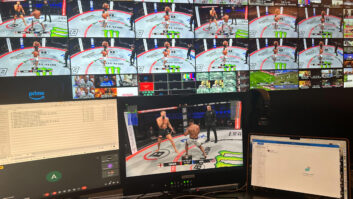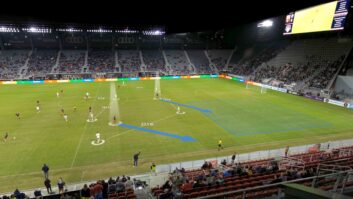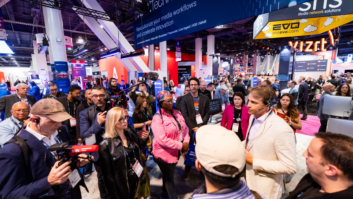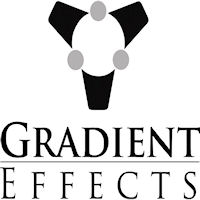
A technology more commonly used in surveying has ben adapted for a feature film pre-visualisation.LA VFX boutique Gradient FX has written software that takes data from a LIDAR (Light Detection And Ranging) device and imports it into standard 3D animation packages such as Maya.The LIDAR is an optical remote sensing technology that measures properties of scattered light to find range and other information of a distant target.Glow (Gradient Location-Optimized Workflow) uses that data to scan 360 degrees and up to 300 meters for planning, tracking and digital set reconstruction.It is claimed to make millimetre accurate measurements of locations for use by camera, art and even transportation departments rendering the current expensive surveying process obsolete.It can also be used to provide accurate stereoscopic pre-viz data making it possible to pre-set stereo camera parameters like interaxial or convergence for any scene.“Glow is going to be a very important tool for the industry from pre-production all the way through post,” says Steven Poster, ASC, and President of the International Cinematographers Guild. “With it you have the ability to be much more specific about budgets.”Art departments could use the tool to accurately place props into a set in pre-production as well as create virtual set extensions and blue screen placements saving the time and money of actually doing so on location. Based on that data VFX work could start even before the final plates have been shot.The software is in research and development at Gradient and has received interest from at least one Hollywood studio. Gradient won a 2010 Hollywood Post Alliance Creativity and Innovation Award for its development.www.gradientfx.com

